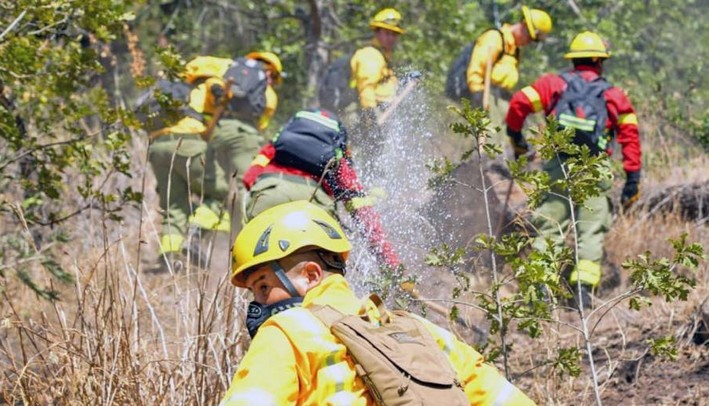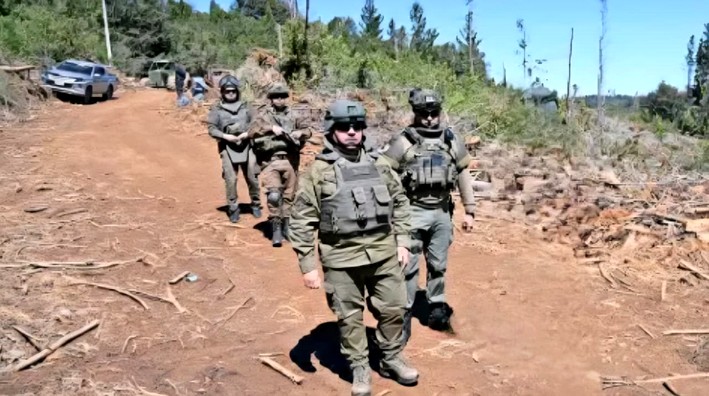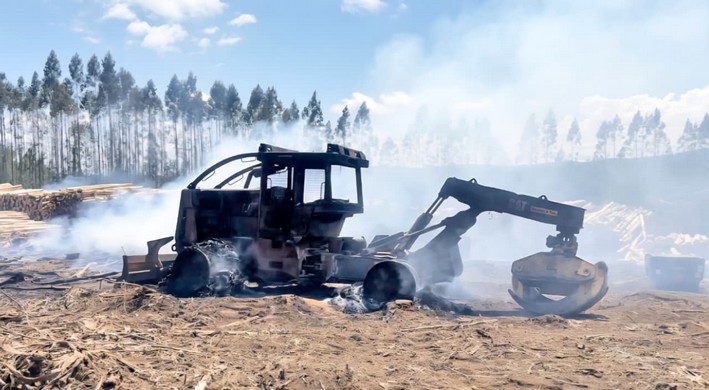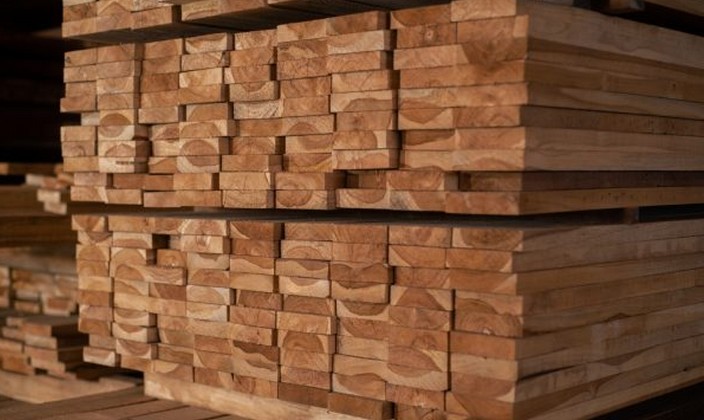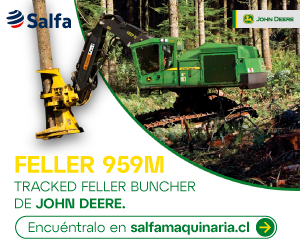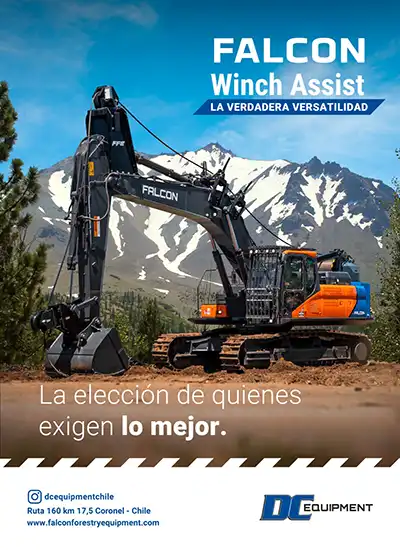In Ñuble, They Seek to Overcome PDA Limitations to Prevent Fires Through Technical Burns
It has become habitual, to the point of predictability, that every year the forests in California, USA, or in Australia reach magnitudes requiring the collaboration of firefighters from around the world, spreading for weeks and causing millions in material losses as well as animal and human lives.
As can be assumed, both countries have developed public policies that are being studied and imitated by other nations also suffering devastating disasters each summer, including Chile.
Within this national context, Ñuble is one of the regions that usually receives the most resources for prevention plans, logistics, hiring, and training.
Consequently, some private and state entities that are part of the wildfire fighting teams, such as the Regional Delegation, Regional Government, municipalities, Conaf, Corma, Senapred, Firefighters, Carabineros, PDI, and the Community Prevention Network, have been forming technical committees to improve preventive and action plans, with an eye on what is done in the United States or Australia.
One of the measures that has attracted the most attention is the amount of accumulated biomass that began to be burned technically before the fire season arrives, an issue already being implemented in cities like Concepción or Los Ángeles, but which in Ñuble has encountered an obstacle: the restrictions implied by the implementation of its own Environmental Decontamination Plan (PDA) regarding technical and controlled burns.
This decontamination plan, currently in effect in Chillán and Chillán Viejo, has restricted for years the possibility of conducting technical fire to reduce biomass, both agricultural and forest, and that small window opening at the beginning between autumn and winter to carry out reduction is not sufficient, according to assessments by the Technical Committee.
"However, these environmental decontamination plans have been increasing, considering more than 10 communes still under discussion, although it is not yet implemented," explains Ramón Figueroa, president of the Forest Protection Department of Corma.
He clarifies that "Corma and also Conaf support the idea that this decontamination plan be implemented and that it considers pollution conditions from the viewpoint of emergency or pre-emergency alert days to, effectively, carry out these technical burns only when there are good ventilation conditions."
To explain the importance of these works, he cites as an example that in Chile, the technical fire applied by forestry companies covers between 20,000 and 25,000 hectares," while, in California alone, Kyle Fire, a state institution, conducts fuel reduction on approximately 500,000 hectares. On the other hand, technical fire is used by developed countries in the northern hemisphere, the United States, Canada, and in Europe.
The use of technical fire
Technical fire has so far been applied subtly and only by some forestry companies, in those regions with greater permit options from the respective environmental entities, such as in the O'Higgins Region.
In the opinion of Conaf, a corporation that does not disapprove of the use of technical fire, its use must conclude regulatory and normative processes to establish a precise and specified framework regarding who can use it, where, when, how, and why, among other measures.
What is beyond doubt is that its main objective will be exclusively to prevent large-scale fires, and for this, strict technical and legal protocols are applied, where fuel is delimited, firebreaks are built, specialized machinery and trained personnel are used, under specific meteorological conditions and schedules defined by Conaf.
Some requirements include the surveillance by firefighters, even days after, until the fire is completely extinguished.
Ramón Figueroa specifies that "in a fire, with extreme heat and dryness, fine and dead fuels increase the fire's spread speed. Therefore, their elimination, through a process executed via technical fire, is essential, along with other measures like biomass extraction for thermal plants and chipping, would help reduce the spread of high voracity and rapid expansion."
Despite the original restrictions found in the Biobío PDA, the technical and governmental committees achieved certain windows, and according to Conaf statistics, in that area, the occurrence of fires decreased in the last 2024-2025 season, with a record of 1,270 fires, 11% less than 2023-2024, affecting 1,008 hectares, 60% less than the previous season, thanks to a collaborative public-private institutional strategy.
"Therefore, it is super important that this pollution plan for more than 10 communes in Ñuble, which is under discussion, is done correctly and not like the plan in Concepción and Los Ángeles, where, for over six years, we have been blocking both forestry companies, small forest owners, and agricultural owners from making reductions through the use of technical fire," points out Figueroa.
Obviously, as long as certain restrictions in Ñuble are not lifted, fuel continues to accumulate. "As the word says, it's playing with fire, because we are going to have a significant accumulation of fuel that, in the face of a wildfire and unfavorable meteorological conditions, causes the fire to start in a very explosive, very fast manner and be very difficult to control," they anticipate at Corma.
Bringing positions closer
At the beginning of September, the members of the technical committee, including representatives from the design of the Biobío PDA, held a meeting in Santiago with the Minister of Environment to define details of the Decontamination Plan in that region, an occasion where the details of applying technical fire were presented.
The meeting achieved substantive approaches that could also mean reducing the existing limitations in Ñuble.
The foundation, mainly, points to the fact that while any burn -technical or accidental- generates pollution, in a final balance if there is no fuel reduction, the consequences will be even worse.
The proposal made by Corma and Conaf is, as happens in Santiago with vehicle restrictions, to use this tool on days with good ventilation.
"It is perfectly possible to coexist and achieve both objectives. The issue is that, unfortunately, in closing the barrier for good production of technical fire, practically when the fire season ends and later, when the fire season starts, approving it obviously is not viable, neither technically nor from the viewpoint of operations related to a fire season, in which one, effectively, cannot perform burns," they detailed at Corma.
352 kilometers of firebreak
The director of Conaf, Salvador Ramírez, assured last week to La Discusión that the budget for the corporation "is not touched," making it clear that they will not suffer a resource cut, despite the Ministry of Finance's announcement in early September of a budget cut for the country's regions, and for Ñuble, a reduction close to 5% of what was delivered in 2025 was confirmed.
In that context, the National Forestry Corporation in the Ñuble Region is concluding a training process aimed at 197 new hires to face the period of highest risk of wildfire emergencies for the 2025-2026 season, expected to start in November.
Ramírez details that "these 197 positions include personnel for the coordination center, which is already operational, as well as critical posts such as brigade chiefs, squad leaders, pump operators, chainsaw operators, all of them operational in case of a fire, starting September 15."
Regarding budget, although the amount of resources to be received for this season has not yet been specified, the regional directorate assures they are calm, as the current Government's policy has been to strengthen the teams, to the point of tripling the amounts allocated for firefighting and associated preventive tasks.
"Under this Government, the budget increased from $56 billion to $156 billion nationwide, which represents a historic figure for the tasks performed by Conaf in prevention, mitigation, and firefighting. Ñuble, in this, has benefited in terms of ground brigades, aerial brigades, aircraft, and educational activities for prevention," specifies the regional director.
All this has meant that wildfires decreased by 11% in the five-year period, which has also meant a reduction close to 60% in affected areas, in the same period, he asserted.
"And on this point, it must be highlighted that our work has improved a lot, because response times have improved considerably, which is evidenced by over 95% of these fires being controlled before affecting five hectares."
During the 2024-2025 season, 445 declared wildfires were recorded in Ñuble, with an affectation of 5,814 hectares, a figure that placed the region as the fourth with the largest damaged area nationally, behind La Araucanía (55,771 ha), Biobío (8,827 ha), and the Metropolitan Region (6,241 ha).
Currently, Conaf Ñuble aims to carry out about 50 linear kilometers of firebreaks for the current season, and there has already been participation in such tasks in the communes of Bulnes, Chillán, Chillán Viejo, Ninhue, Quirihue, and San Nicolás, which together with works done in Portezuelo and San Carlos, will total 50 linear kilometers.
On the other hand, the Ministry of Public Works will contribute with 217.5 kilometers on various routes, highways, and roads where the occurrence of wildfires is marked, such as in the sectors of Cocharcas, San Nicolás, Quillón, Bulnes, Chillán, Confluencia, San Nicolás, or Quirihue.
According to information provided by the Forest Fire Protection Department of Conaf, "the execution is planned starting October, provided rains allow it, with the intention of having the entire network by January 2026. Regarding the use of fire, since the calendar opened and the restriction for forest burns was lifted, we have been working together with companies in using fire as a fuel management tool with a preventive view, which allows now to have high-risk areas with a lower fuel load."
This will be complemented by another 217.5 kilometers of firebreak provided by the MOP, a total of 25 created by various municipalities, while among companies and individuals, there is a commitment for 60 more kilometers.
In the regional capital
To anticipate actions of prevention, mitigation, response, and rehabilitation, the Municipal Emergency Unit, under the Municipal Administration, coordinated its teams to avoid the occurrence of wildfires and be prepared for possible extreme temperatures in the 2025-2026 period.
In this context, the content of the firebreak and vegetative fuel load reduction program was reported, which considers the creation of 21,508 linear meters of firebreaks, 20 meters wide, in sectors containing critical points of the city of Chillán.
Mayor Camilo Benavente explained that these early meetings aim to safeguard the community's integrity and preserve the natural environment through the strategic implementation of firebreaks and reduction of vegetative fuel load in interface zones, for which a Committee for Disaster Risk Management was scheduled for October with institutions like Conaf, Senapred, CGE, Copelec, Firefighters, Security, Carabineros, and Health.
"In previous years, we have managed to reduce the occurrence of forest disasters in the commune, for which it is necessary to verify the implementation of preventive measures of surveillance, patrolling, education and awareness, creation of firebreaks, cleaning and removal of vegetative fuel."
Municipal coordination includes an active role of Conaf, Firefighters, and the municipal directorates of Public Security (route planning), Environment, Cleaning and Beautification (preventive maintenance), Dideco, and Public Works, with the support of motor grader-backhoe for vegetative clearing works.
Source:La Discusión


